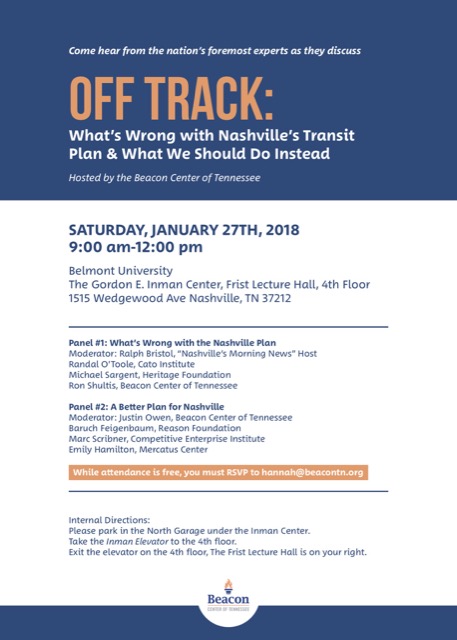Another transit agency whose ridership is plummeting has published a multi-billion-dollar plan to build light rail. Austin’s Capital Metro, whose light-rail proposals have twice been rejected by voters, has issued a draft system plan that calls for construction of three light-rail lines.
Naturally, the proposal is full of lies. First, they call it a “high-capacity transit” plan when light rail actually is low-capacity transit. Second, Capital Metro told its board that the plan would cost $6 billion to $8 billion when in fact their own projections indicated it would cost $10.5 billion. “It’s extremely early in the process, so these numbers are very preliminary,” a Capital Metro official said when asked why the agency used the lower numbers. But the reality is that costs go up, not down, as plans become more detailed.
On a percentage basis, Austin is one of the two or three fastest-growing major urban areas in the United States, growing faster than 7 percent per year since 2010. Of the top 50, only Raleigh is growing faster, though Charlotte is close. Yet this growth hasn’t resulted in growing transit ridership. Since 2010, ridership has dropped 12.5 percent, and since its 2013 peak, it has dropped 19.2 percent.
Light rail won’t help. Charlotte, which is also growing at 7 percent per year, has a light-rail line yet lost 21.5 percent of its riders since 2013. Charlotte opened a new light-rail extension last month. While it’s too soon to tell, early indications are that its ridership will be below expectations. Continue reading








